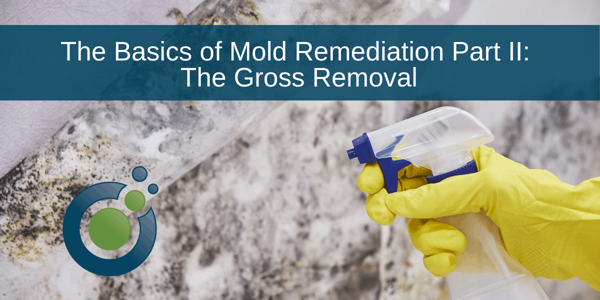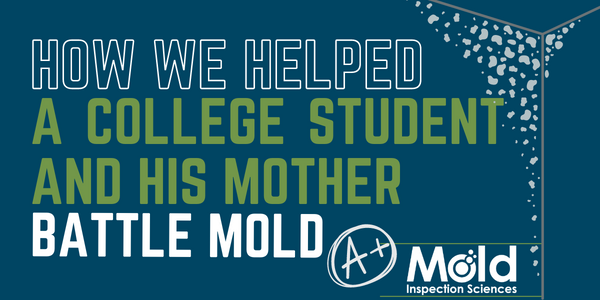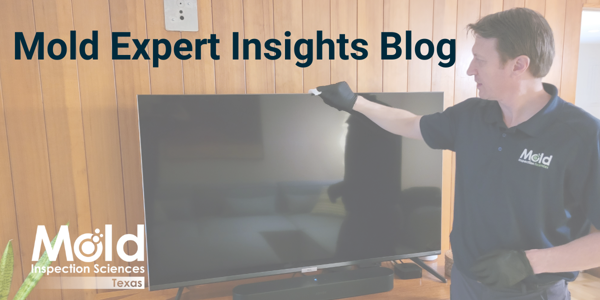Proper Mold Assessment and Removal Process
Facing a mold problem doesn't have to be a daunting experience with the proper steps.
Mold within your home is typically considered to be..., you guessed it, a bad thing. Molds can begin to grow in a number of different ways, and can grow on many different things. When a mold problem is found, the safest and most effective way of addressing the issue is with a three step process including: 1) initial mold assessment, 2) mold removal (also known as mold remediation), and 3) post remediation verification.
The first step is the initial mold assessment inspection. This should be performed by a licensed mold inspection company, and that company should be completely independent of any mold remediation work to avoid conflict of interest. The assessment should include determining sources of moisture, determining the overall area of impact (gross contamination as well as elevated airborne mold spore contamination), assessment of the affected building materials and putting together preventative maintenance plans. All of this information should be compiled into a final written report, which should include the mold remediation recommendations.
Next, is the mold remediation. This work should be performed by a competent, licensed mold removal company. This can be a pretty in depth process depending on the area affected and materials that have been impacted, and will be unique to each situation. But, there are some basic steps that are almost always utilized including: containing the area from adjacent living spaces, installing engineering controls such as HEPA filtered negative air machines, removal of water damaged and mold impacted non-structural materials, cleaning and disinfecting of structural materials, scrubbing the air, HEPA vacuuming all surfaces, wet wiping all hard surfaces and returning all building materials to adequately dry conditions.
Lastly, a post remediation verification inspection should be done to ensure that the work has been performed properly. This inspection is typically done by the same company that performed the initial mold assessment. The inspection should be done while the remediation contractor's containments are still in place, but before any materials have been installed. First the area must pass a visual inspection, meaning: All water damaged non-structural materials have been removed, all visible mold growth has been removed, all building materials are adequately dry and the area is visible clean. If the inspector deems that the visible remediation work was adequate, then air samples are collected within the work area to test for airborne mold spores. If the air samples are within industry clearance standards, then the mold inspection company will "pass" or "clear" the project. A final written report should then be provided to all relevant parties, verifying that the work was performed properly and effectively.
Facing a mold problem in your home can be a pretty daunting project at first. But, when the proper steps are followed, and competent professionals are utilized the process can be as low impact on you as possible. And, proper documentation of the entire process can save you a lot of headaches down the road when selling or renting a home with previous mold disclosures.
If you suspect that there may be mold present in your home — or you have questions about what to look for and what comes next. We’re here to help.

Call us on 1.888.335.6653 or send us email at [email protected]
You can also find more information about our CIRS Protocol and qPCR testing here.




